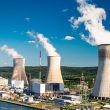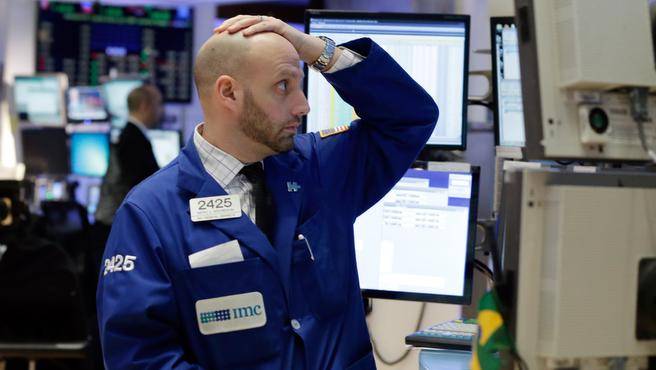High Yield Spreads: Finally Looking Attractive
by Gershon Distenfeld, AllianceBernstein
The plunge in commodity prices is bad for energy- and metals-sector high-yield bonds. But it’s positive for the majority of issuers. That’s why we expect only a modest rise in the average default rate in 2016.
Sure, defaults among oil, coal and other commodity companies could add up pretty quickly over the next couple of years. These issuers have been hurt by multi-year lows in oil, coal, copper and other commodities and decreased demand from China. Many energy-sector companies borrowed aggressively when prices were high and are now in need of debt relief.
But for non-energy companies—the majority of the high-yield index—lower commodity costs will help the bottom line, not hurt it. What’s more, the US economy is in better shape than any other major economy. That should lend further support to companies that have their finances in order.
The Market is Prepared
After several years of historically low default rates, a move back to the long-run average or slightly higher over the next couple of years seems likely (Display 1), with the bulk of defaults coming from issuers in the energy sector.

We saw similar dynamics at play during a high-yield downturn in 2002. That time, the problems—and the defaults—were mostly in the telecom sector. The broader high-yield market suffered, too, that year—a case of throwing the baby out with the bathwater. But when investors realized that many non-telecoms bonds were attractively priced, the market rebounded
Defaults hurt most when they come as a surprise, as they did in 2008. That’s not the case this time. Most energy-sector bonds are already priced like they may default. If they do, we think the spillover effect on bonds from non-energy sector companies with better finances will be limited.
Higher Yields, More Value
Of course, it’s important to know how much energy sector exposure your high-yield portfolio has—and what type of risk. Refiners, for instance, are less risky than companies involved in exploration and production.
Beyond energy, there’s still plenty of value for discerning investors. Many non-energy-sector bonds are now attractively priced and offer higher yields than they have in years.
That’s important, because yield is one of the best predictors of future returns. There are no guarantees, of course. But over the long run, the market’s “yield to worst” (YTW)—a metric used to evaluate the lowest possible yield an investor might receive on a bond, provided the issuer doesn’t default—has been a pretty reliable indicator of what you can expect to earn over the next five years. In December, YTW had climbed above 8%, from around 5% in mid-2014 (Display 2).

To put it another way, the risk-reward tradeoff is more favorable today than it was just 18 months ago. That isn’t going to change if default rates creep higher.
In fact, a higher average default rate doesn’t mean returns have to suffer—provided you’ve been selective about your exposures. In 2009, high-yield defaults hit a record high—but so did high-yield returns.
Wider Spreads Mean More Cushion for Investors
Things could get a bit trickier if slow global growth pushes the US economy into recession. Still, investors may find that their high-yield allocation holds up better than other parts of their portfolio. Why? Yield spreads—the extra yield corporate bonds offer over Treasury debt—have already widened considerably. That provides more cushion for investors.
In other words, the high-yield market is already starting to price in a possible US recession. If one occurs, most of the spread-widening and price declines will have already happened.
We understand that these are uncertain times for investors. Yes, defaults will probably increase. But so will opportunities. Investors who bail out now may one day find that they bought high and sold low.
The views expressed herein do not constitute research, investment advice or trade recommendations and do not necessarily represent the views of all AB portfolio-management teams.
Copyright © AllianceBernstein















